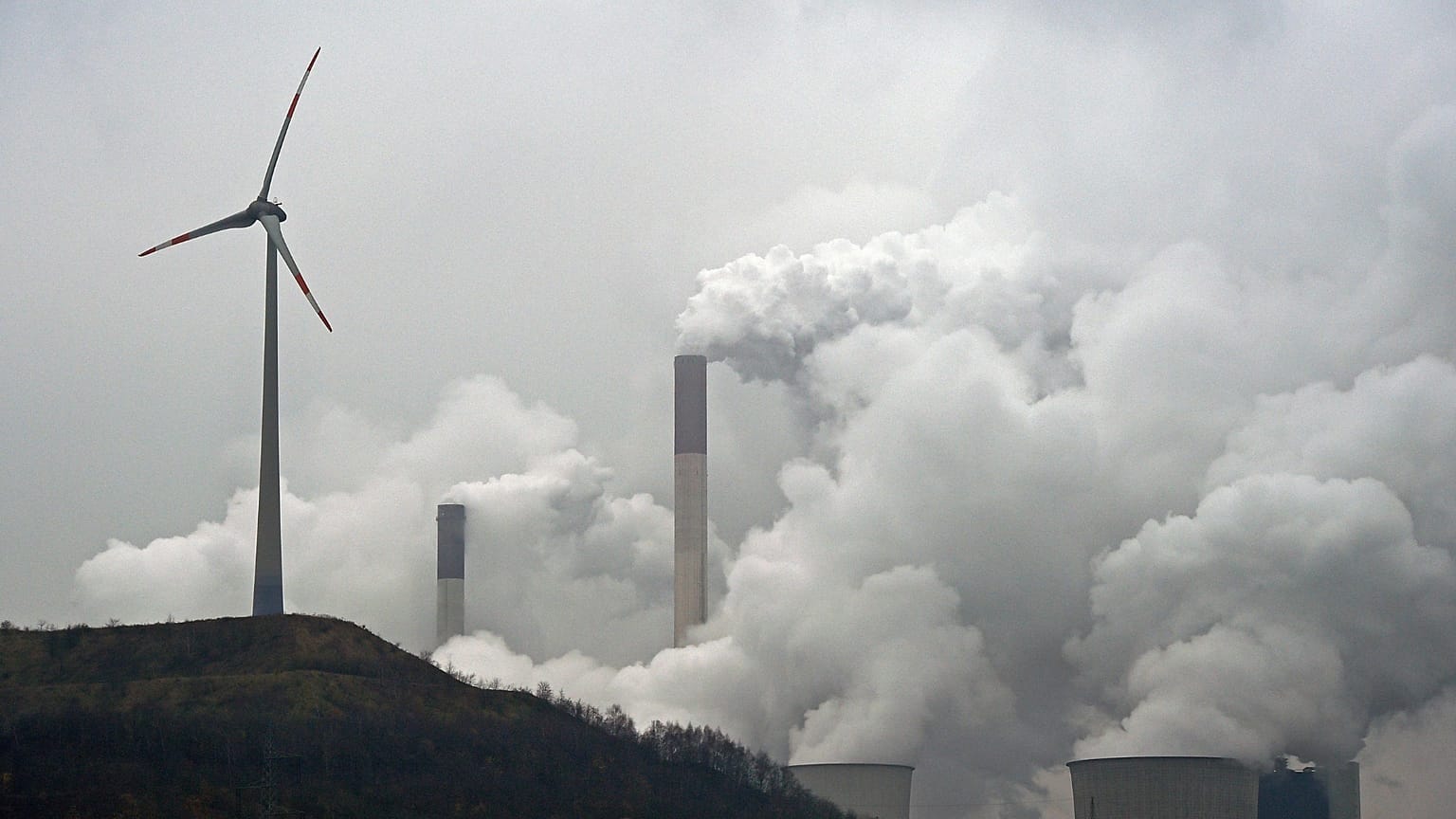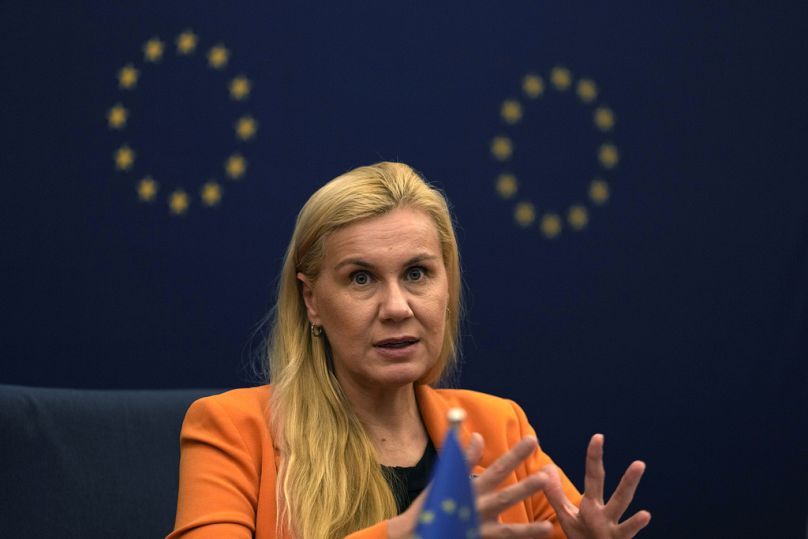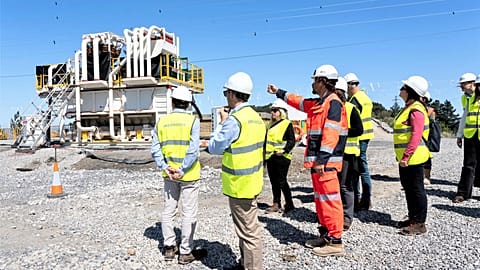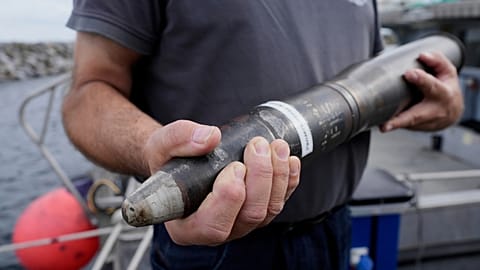Energy Commissioner Kadri Simson said the EU is now “well equipped” to meet climate neutrality goals.
 ADVERTISEMENT
ADVERTISEMENT
Renewables have broken electricity-generating records in the EU this year, according to the European Commission.
Newly published data has revealed that in the first six months of 2024, half of the bloc’s electricity came from renewable sources, outperforming fossil fuels.
The European Commission’s ‘State of the Energy Union’ is an annual stocktake of the bloc’s progress towards energy and climate targets.
It says that wind power has now overtaken gas as the EU’s second-largest source of electricity behind nuclear power for the first time. The EU also set another record with 56 GW of new solar energy installed in 2023, beating the previous record of 40 GW from 2022.
“Following two record years for renewables installations, in the first half of 2024 wind and solar have risen to new highs, overtaking for the first time ever fossil fuels in our electricity mix,” Energy Commissioner Kadri Simson told journalists when the news was announced on Wednesday.
Demand for electricity has also dropped but energy efficiency efforts need to be stepped up to meet the 11.7 per cent reduction by 2030 target for energy consumption goal.
“Today's report really is a testament to the massive overhaul of EU energy policy we have done over the past five years,” Simson said.
“The EU is now well equipped to meet its climate neutrality goal while making sure that industry stays competitive.”
How is the EU improving energy security and stabilising bills?
Energy security and stability of prices are also a major focus in this year’s report.
The share of Russian gas in EU imports fell from 45 per cent in 2021 to 18 per cent by June of this year. This was partially due to an increase in imports from countries like Norway and the US but a reduction in demand for gas also played a role.
Between August 2022 and May 2024, demand dropped 18 per cent or 138 billion cubic metres exceeding the voluntary target of 15 per cent.
The State of the Energy Union also found that prices are more stable and remain significantly below what they were during the peak of the energy crisis in 2022.
Simson said it shows that the EU is “no longer at the mercy of Putin’s pipelines”.
“The report highlights the progress we have made under this mandate towards a secure, competitive and affordable energy sector in the EU.”
There are still “new and emerging challenges” to be addressed, the Commission says. This includes the current ambition gap in renewables and energy efficiency targets, the increase in energy poverty, the energy price differential compared to other global competitors, and the risk of new strategic critical dependencies.
It adds that solving these issues will require a decisive policy response and a step up in efforts at both the EU and member state levels.
European Commission pushes for updated climate plans
Progress is promising but a key element is still missing for many countries: their final updated National Energy and Climate Plans (NECPs). The report reminds EU member states that they must submit these long-term climate plans as soon as possible to ensure 2030 climate targets are within reach.
Simson said that so far they have only received 10 final plans and many are “way past the deadline” for submission which was 30 June. Among the bloc’s top five biggest emitters, France, Italy and Germany have submitted theirs while Spain and Poland lag behind.
An assessment of draft NECPs published last December found that, while EU countries are taking steps in the right direction, their plans are not yet sufficient to cut greenhouse gas emissions by the target of at least 55 per cent by 2030.
The State of the Energy Union says they need to take into account the Commission’s recommendations in their final plans.


















